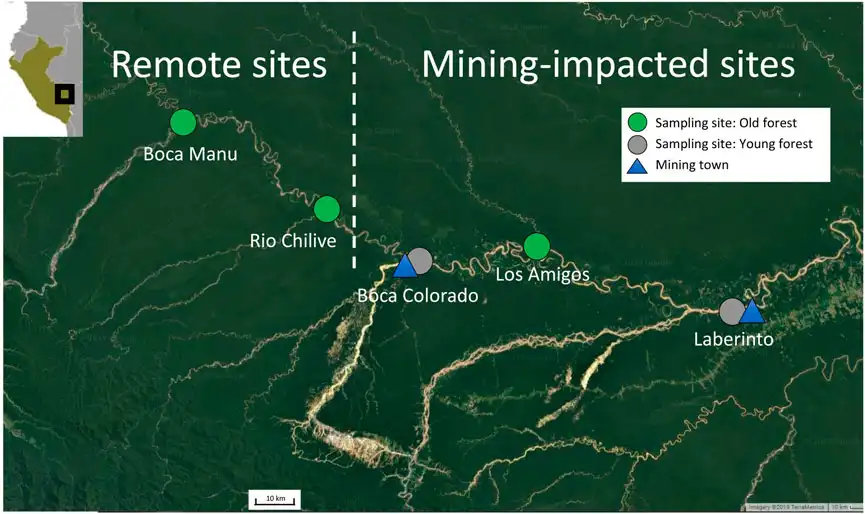
The Global Plant Council is pleased to announce the publication of a new perspective article written by members of its board of directors, published in the Plant Biotechnology Journal.

The Global Plant Council is pleased to announce the publication of a new perspective article written by members of its board of directors, published in the Plant Biotechnology Journal.

Researchers conducted a systematic review of 99 scientific publications that compared the flora or fauna of old-growth forests, managed forests and clearcut sites in boreal Europe. The reviewed studies showed large differences in the species communities inhabiting these forest types.

A study predicts that protecting at-risk seagrass meadows could avert climate damages valued in excess of $200 billion by preventing the release of 1.2 billion tons of carbon pollution. This is equivalent to removing the annual carbon footprint of 100 million U.S. homes.

Incidences of Harmful Algal Blooms (HABs) are becoming more frequent, their scale is growing and so are their impacts on food and water security. HABs are being fed by increases in water temperature, dissolved CO2 concentration and nutrient availability in our oceans and freshwater bodies. Algal blooms act as a sink for atmospheric CO2, but they can also harm biodiversity and disrupt ecosystems and food chains in sea-food based economies.

A new computational biology pipeline has mapped out over 13,000 groups of protein-coding genes conserved across grasses, offering a powerful tool for researchers investigating gene function in these economically and ecologically vital species.

Researchers have found an answer to a centuries-old floral mystery, using a mathematical model to explain how striped tulips get their distinctive pattern.

Wild fig tree rings offer a cheap method for tracking toxic atmospheric mercury, a byproduct of gold mining in the Global South, according to a study conducted in the Peruvian Amazon

Climate change and globalization are driving a surge in threats to crops from insects and mites, researchers say. Rising temperatures are enabling pests to move further from the equator and to higher ground, while increased trade is accelerating the spread of invasive species.

Under the right conditions, duckweed essentially farms itself. Wastewater, ponds, puddles, swamps—you name it. If there’s enough sunlight and carbon dioxide, the aquatic plant can grow freely. But that’s not all that makes it intriguing. Packed inside duckweed’s tiny fronds is enormous potential as a soil enricher, a fuel source, protein-rich foods, and more. New findings could help bring all that potential to life.

From the very first presentation to the final wrap-up, the workshop was a deep dive into the challenges—and opportunities—plant science faces in the changing world of today… and probably the one of tomorrow.